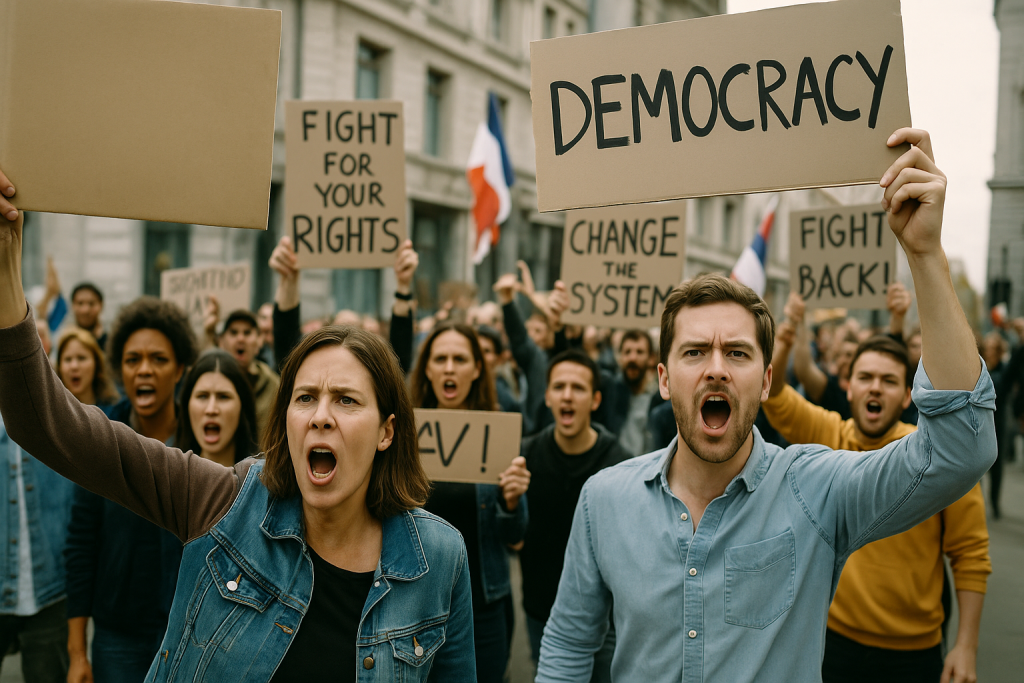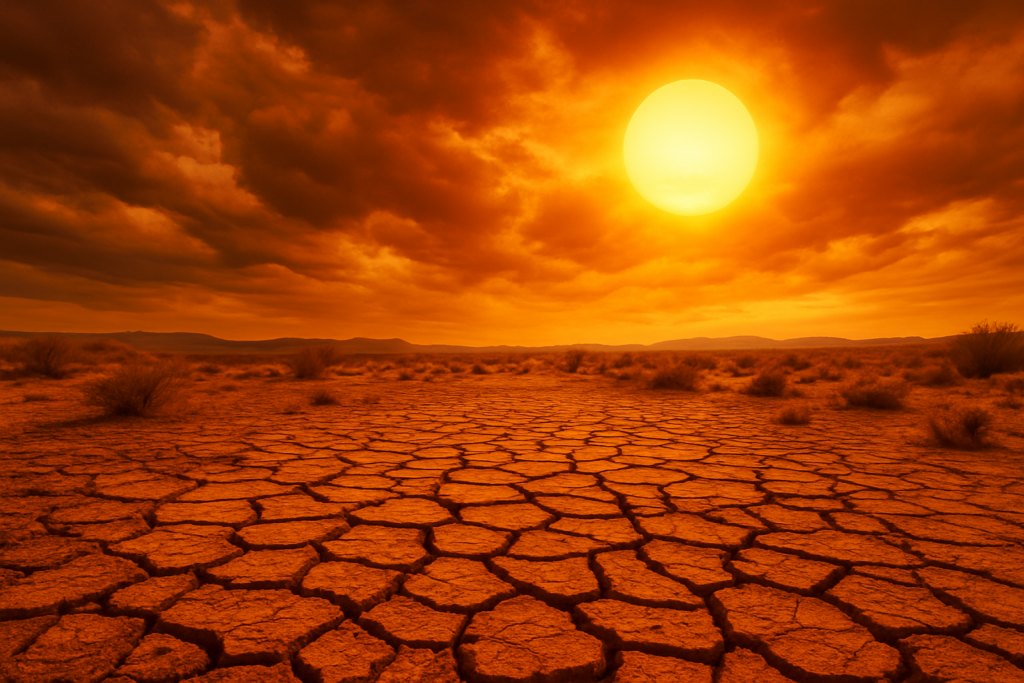Referring to practices or policies that do not negatively affect the environment conservation is a crucial all-encompassing initiative aimed at safeguarding and preserving natural resources and environments. As human activities continue to impact the sphere, efforts to mitigate material degradation have become more alive than ever. From grassroots motions to international agreements, various strategies are being implemented general to address this pressing issue.
Global Pushs and Agreements
One of ultimate significant strides in incidental conservation has been bureaucratic rules of international agreements. The Paris Understanding, adopted in 2015 under the United Countries with its own government Framework Convention on Humidity Change (UNFCCC), aims to limit global warming to well beneath 2 degrees Celsius above pre-industrial levels. Nations committed to this pact are active to reduce greenhouse smoke emissions through national operation plans, promoting renewable energy, and embellishing energy efficiency.
Likewise, the Convention on Biological Difference (CBD) focuses on the sustainable management and preservation of biological diversity. The Aichi Biodiversity Goals, set in 2010, outline specific aims for protecting ecosystems, class, and genetic diversity by 2020. Even though not all targets have been join, they have spurred significant preservation efforts worldwide.
Preservation in Action: Regional and Ethnic Efforts
Various domains and countries have launched strong environmental conservation programs tailor-made to their unique ecological and socio-financial contexts. In Africa, the Excellent Green Wall initiative aims to combat clear-cutting and restore degraded land across the Sahel domain. This ambitious project involves establishiing trees and vegetation to constitute a vast green belt, embellishing food security and livelihoods while fighting climate change.
In the Amazon rainforest, Brazil has achieved measures to curb deforestation and protect native territories. The Amazon Fund, settled in 2008, supports projects to prevent deforestation, advance sustainable forest administration, and restore degraded regions. However, political and financial pressures continue to pose challenges, highlighting the need for continuous vigilance and international support.
In Europe, the Economic unit’s Green Deal is a comprehensive strategy to form the continent climate-impartial by 2050. This plan includes measures to reduce issuances, promote circular economy practices, and save biodiversity. Specific initiatives, to a degree the Natura 2000 network, safeguard critical residences and species across the EU.
Technological Novelties and Sustainable Practices
Advancements in electronics play a pivotal act in modern conservation exertions. Remote sensing and subsidiary imagery are used to monitor deforestation, path wildlife populations, and evaluate ecosystem health. Drones and camcorder traps provide detailed dossier on species behavior and residence use, aiding in targeted preservation actions.
Renewable energy beginnings, such as wind, solar, and hydropower, lower dependence on fossil fuels and lower element emissions. Countries like Germany and Denmark are chief the way in renewable energy endorsement, demonstrating the feasibility and benefits of transitioning to detergent energy sources.
Tenable agriculture practices, including farming without chemicals, agroforestry, and integrated pest administration, help conserve soil health, water money, and biodiversity. These practices not only protect the environment but still support resilient food plans and local economies.
Community-Located Conservation
Local communities are basically effective conservation works. In many parts of the world, indigenous and local societies possess extensive established knowledge of their environments, making ruling class invaluable partners in preservation. Community-based preservation initiatives empower these groups to survive and protect their natural resources.
E.g., in Kenya, community conservancies in the Maasai Mara region allow local communities to manage being and tourism, balancing preservation with economic benefits. This model has existed successful in increasing being populations and improving livelihoods, professed the potential of community-driven preservation.
In the Philippines, marine protected fields (MPAs) managed by local communities have proved significant success in fixing fish populations and pink reefs. These MPAs restrict harmful exercises such as overfishing and destructive angling practices, allowing ecosystems to restore and thrive.
Challenges and Future Directions
Regardless of significant progress, numerous challenges wait in the quest for environmental preservation. Climate change, habitat deficit, pollution, and overexploitation of resources stretch to threaten ecosystems and biodiversity. Governmental will, adequate funding, and worldwide cooperation are essential to defeating these obstacles.
Looking before, conservation efforts must mix climate adaptation approaches to address the impacts of climate change on ecosystems and societies. Enhancing global aid, promoting sustainable growth, and fostering public awareness and instruction are critical components of a profitable conservation agenda.



